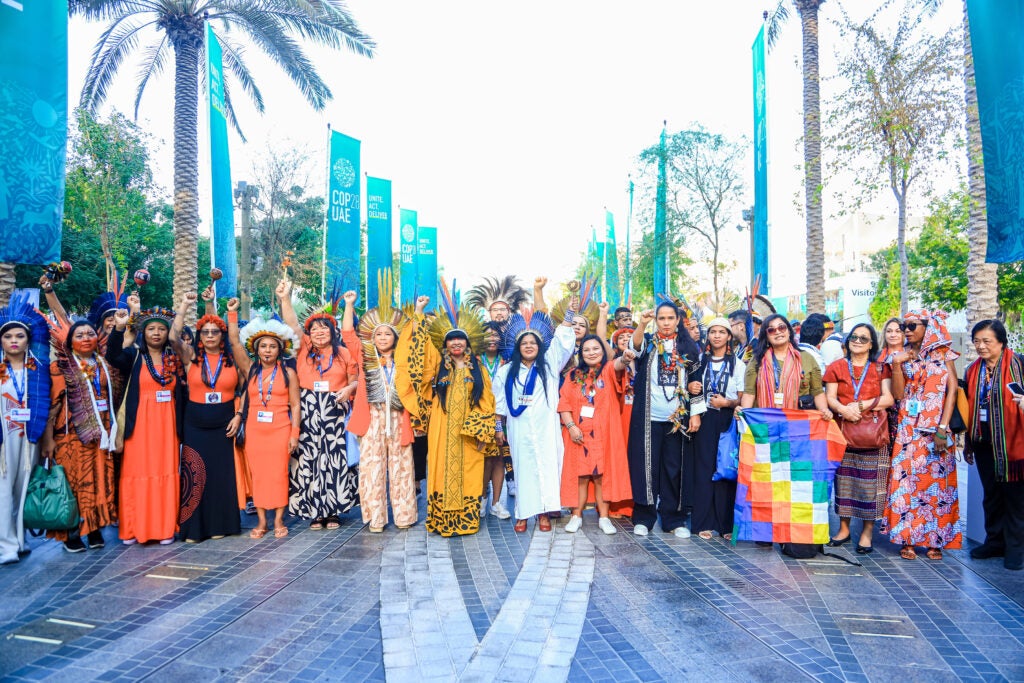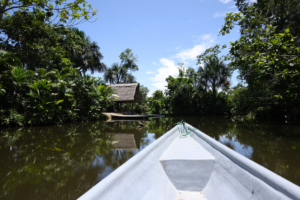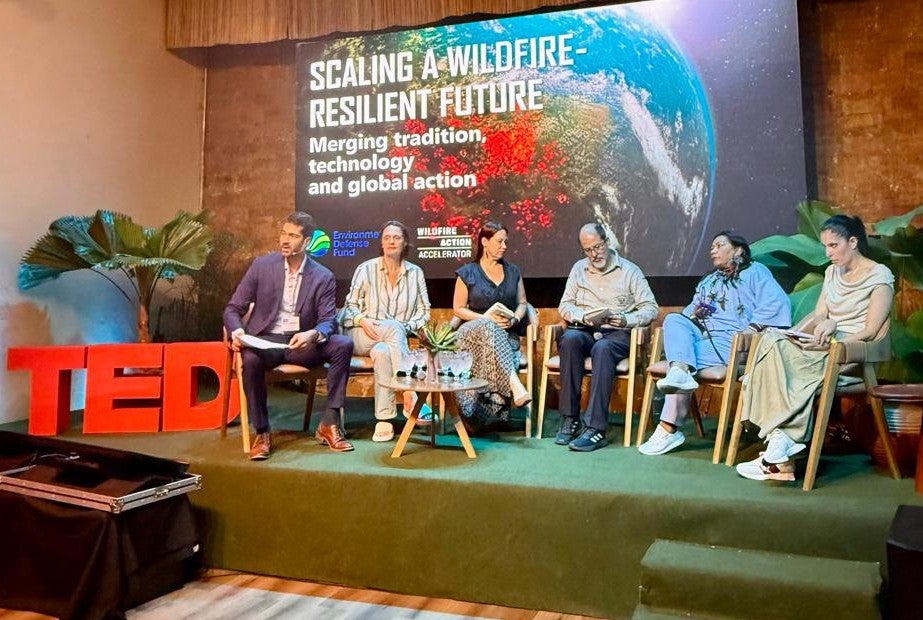Breaking Barriers: Empowering Indigenous Voices in Global Climate and Biodiversity Decisions

Photo: Estevam Rafael / Audiovisual / PR / Palácio do Planalto via Flickr
This post is written by Santiago García Lloré, Senior Manager of IPLC and Conservation Partnerships at EDF.
In the coming days, major international events like New York Climate Week, the COP for the Convention on Biological Diversity (CBD) in Cali, and the UN Climate Change Conference (COP) in Baku will gather world leaders to discuss solutions to the climate and biodiversity crises. Once again, there will be calls to include Indigenous Peoples and Local Communities (IPLCs) in these discussions. This recognition is not just about their crucial role as stewards of forests and biodiversity; it’s about understanding that real, sustainable solutions won’t be possible without their voices at the table.
Despite all their efforts, it remains extremely difficult for IPLCs to participate meaningfully in these events. Even though Indigenous and local community leaders strive to be present and contribute to global discussions, their journey to these forums is fraught with challenges. At COP27 in Egypt, around 300 Indigenous representatives attended, and approximately a similar number attended at COP28 in Dubai. However, the impact of their presence is often limited because of the many barriers they must overcome. These obstacles make it incredibly hard for Indigenous voices to be fully heard and valued despite their significant efforts to be part of these critical conversations.
The Overlooked Importance of IPLCs Participation
Indigenous and local communities are guardians of some of the most biodiverse regions on Earth, carrying deep knowledge of sustainable ecosystem management passed down through generations. They view nature not merely as a resource but as an integral part of their identity, culture, and way of life. For example, Indigenous Peoples globally speak more than 4,000 languages, each representing a unique way of understanding and interacting with the world. This rich diversity of perspectives often contrasts sharply with mainstream approaches that prioritize short-term economic gain over long-term ecological balance. By incorporating Indigenous worldviews into global decision-making, we can create policies that are more sustainable, just, and effective.
Although international events provide opportunities to share Indigenous insights, their participation must be more than a symbolic presence; it should be the outcome of genuine, long-term efforts to create conditions where Indigenous communities co-create and co-lead these spaces.
Challenges Indigenous Peoples Face in Global Discussions
- Financial Barriers: Attending international events is expensive, and many Indigenous delegations lack the funding needed for travel, accommodation, and participation fees. Without financial support, their presence at these critical discussions is severely limited.
- Limited Representation: Decision-making at global events often excludes Indigenous voices, with discussions dominated by governments and corporations. This lack of representation means Indigenous perspectives are often missing when important decisions are made.
- Limited access to badges at global events: This situation restricts Indigenous representatives from participating in key negotiations, sidelining their crucial perspectives and weakening the inclusivity of decision-making processes.
- Lost in Translation: Many global meetings are conducted in English or other dominant languages, making it hard for Indigenous leaders to engage fully. Cultural differences can also lead to misunderstandings, with traditional knowledge often undervalued or ignored.

How to Support Indigenous Participation in Global Forums
To elevate Indigenous voices in climate and biodiversity discussions, here are some steps we can take:
- Fair Funding: Create funds specifically for supporting Indigenous participation in global events. These funds should cover travel, accommodation, and preparation costs, ensuring that Indigenous communities can be present and prepared.
- Build Leadership and Skills: Invest in training programs that help Indigenous leaders develop skills in advocacy, negotiation, and policy. This will empower them to engage confidently in international discussions.
- Language Access: Offer translation services and culturally sensitive support at global events to remove language barriers and ensure Indigenous knowledge is heard and respected.
- Amplify Indigenous Stories: Support media and storytelling initiatives that highlight Indigenous perspectives on climate and biodiversity. By sharing their stories, we can raise awareness of their contributions and challenges.
IPLCs are not just participants; they are essential partners in addressing the global climate and biodiversity crises. Their knowledge, cultural values, and deep connections to the land offer invaluable insights that can lead us toward more resilient and sustainable solutions. By breaking down barriers to their participation and ensuring they have a genuine voice at decision-making tables, we can build a stronger, more inclusive response to the environmental challenges we all face. They deserve a permanent seat at the decision-making table. Without their insights, we cannot solve our environmental challenges. It is our duty to ensure conditions for their full and effective participation.












